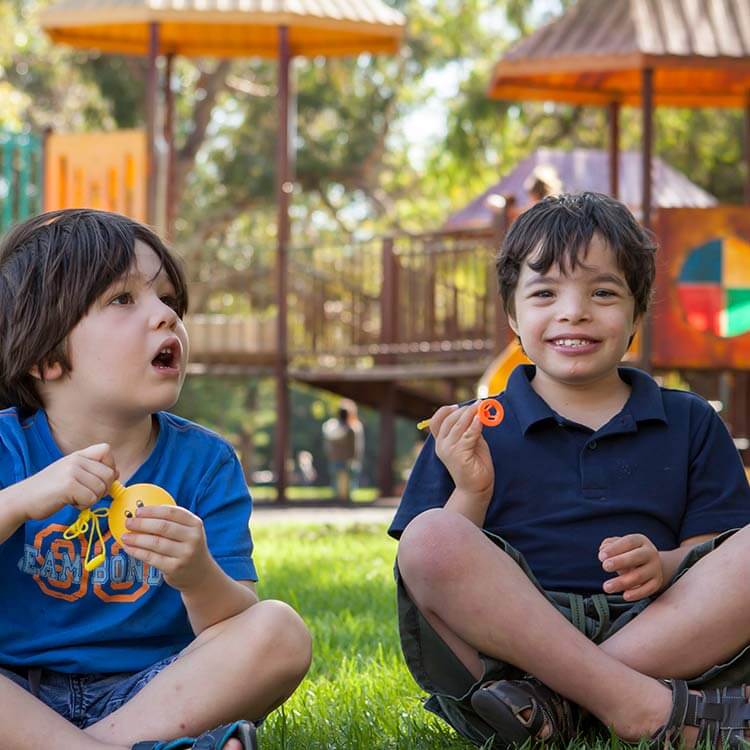Search
Therefore, we used video data to examine changes in hand function over time. We also investigated what other factors might influence these changes.
We interviewed 17 parents with a daughter with Rett syndrome to gain their perspectives on how their daughter communicates and barriers.
Research
Longitudinal Evaluation of the Stability of Hand Function in Rett SyndromeWe investigated the longitudinal stability of hand function in Rett syndrome and to analyze further the relationships between stability of hand function and genotype, age, and walking ability. Study design: Longitudinal video data of functional abilities of individuals with genetically confirmed Rett syndrome were collected by families of individuals registered with the Australian Rett Syndrome Database.
Research
Using directed-content analysis to identify a framework for understanding quality of life in adults with Rett syndromeRett syndrome (RTT) is a rare neurodevelopmental disorder mainly affecting females and is caused by a mutation in the MECP2 gene. Recent research identified the domains of quality of life (QOL) important for children with RTT but there has been no investigation of domains important for adults. This qualitative study explored QOL in adults with RTT and compared domains with those previously identified for children.
Research
CDKL5 deficiency disorder: clinical features, diagnosis, and managementCDKL5 deficiency disorder (CDD) was first identified as a cause of human disease in 2004. Although initially considered a variant of Rett syndrome, CDD is now recognised as an independent disorder and classified as a developmental epileptic encephalopathy.

Improving the lives of children with a disability and their families sits at the core of our team.
Research
Family satisfaction following spinal fusion in Rett syndromeFamilies participating in the population-based and longitudinal Australian Rett Syndrome Database whose daughter had undergone spinal fusion provided data on...
Research
Perspectives on hand function in girls and women with Rett syndromeHand function is particularly affected and we discuss theoretical and practical perspectives for optimising hand function in Rett syndrome.
Research
The experiences of mothers of young adults with an intellectual disability transitioning from secondary school to adult lifeThe transition from school to adulthood for young adults with an intellectual disability involves movement from a generally secure and supported school...
Research
What does the nature of the MECP2 mutation tell us about parental origin and recurrence risk in Rett syndrome?The MECP2 mutations occurring in the severe neurological disorder Rett syndrome are predominantly de novo, with rare familial cases. The aims of this study...
